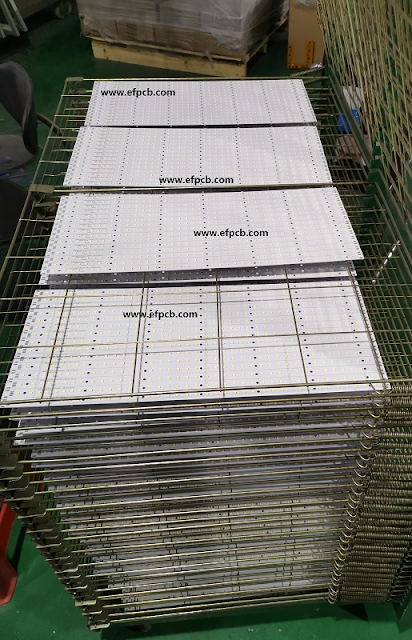Concept & Functions of Quick Turn PCB
Printed circuit Board i.e PCB is a
widely used term in the electronic industry. Paul Aisle the renowned Scientist
invented the Printed Circuit Board i.e PCB. PCB is an electronic device used
for supporting various components that have been soldered into the surface of
the board. It is made up of a very thin flat metal or hard plastic-type board
upon which so many electronic components are mounted.
Its basic function is to provide
mechanical support to the device. Along with this, it also assists in some
important functions like electromagnetic shielding, heat transfer, etc. Based
on the need, it can be single-layered, double-layered, or multi-layered. When
various electronic components are attached to a printed circuit board in a
technical process, then the process is called printed circuit board assembly.
To get maximum efficiency the two well-known techniques are inserted in the
Circuit Board Assembly. These are-Surface mount Technique and Through hole
TechniqueBoth the techniques are very useful. Sometimes both techniques are
used to achieve maximum efficiency and performance of the PCB.
Using this Assembly Technique, now
there is a huge demand for quick turn PCB. A quick turn assembly
means the entire work of the PCB assembly is done in the shortest period
ranging from 24 hours to 48 hours. The primary benefit of such PCBs is the
customers do have not to wait for a long period for their desired PCB.
In this fast-moving world, there is a high demand for high speed PCB. In terms of signals and frequencies, High-speed PCB ranges from 50 MHz to as high as 3 GHz. However, during the making of such PCBs, some technical preconditions have to be followed so that high-speed performance can be ensured.




Comments
Post a Comment